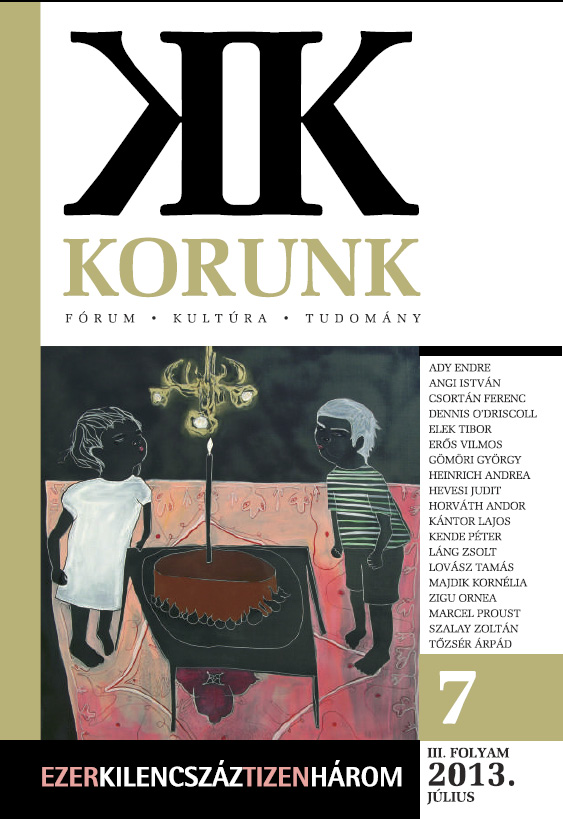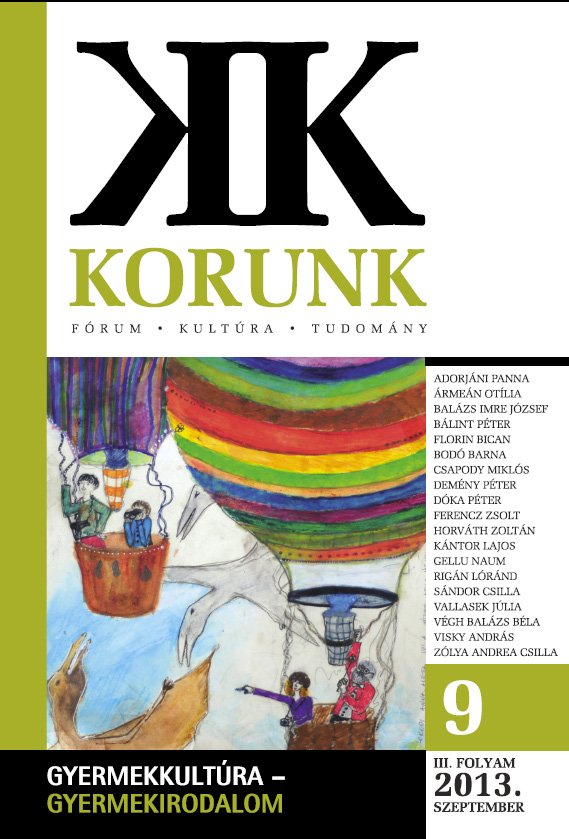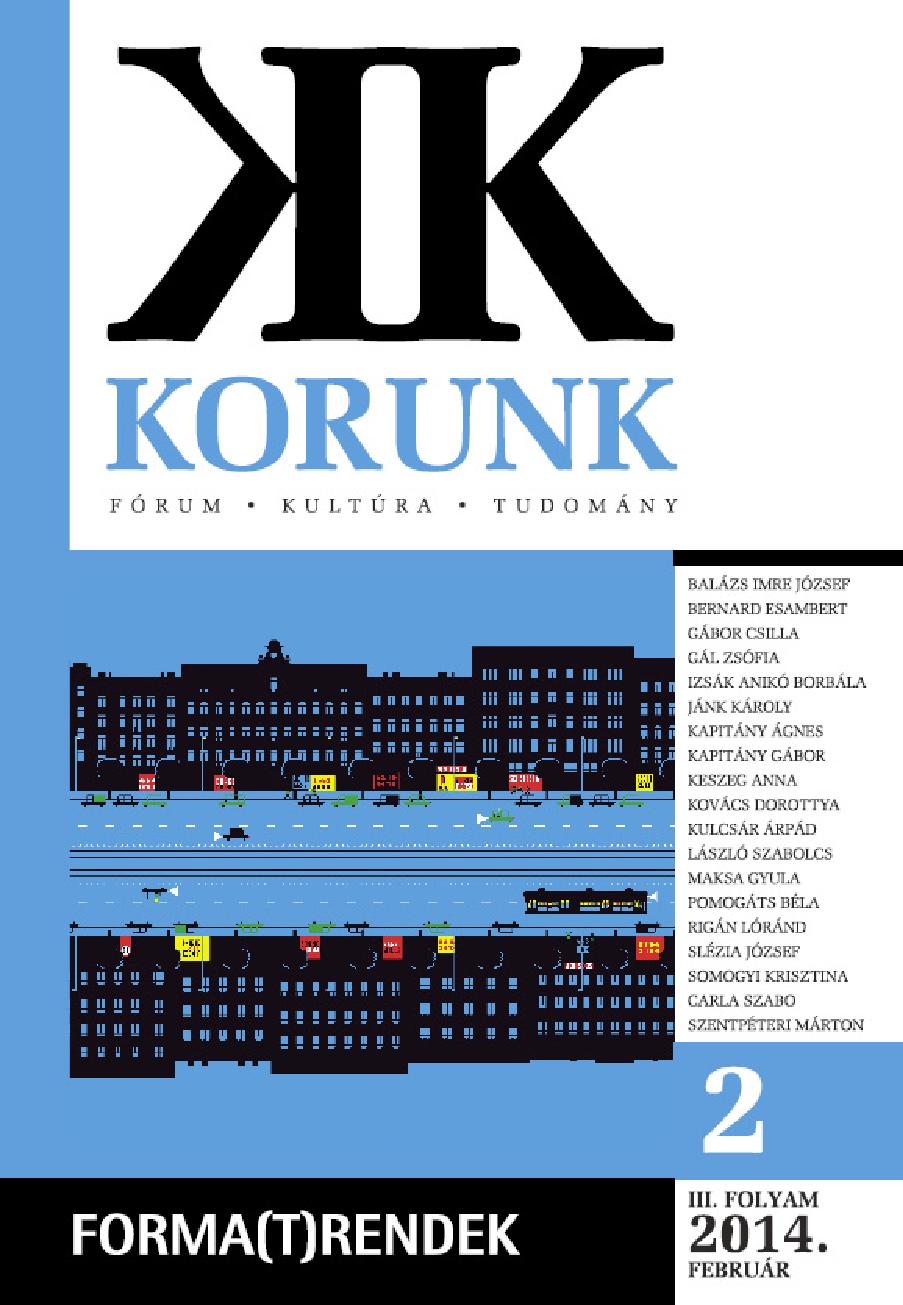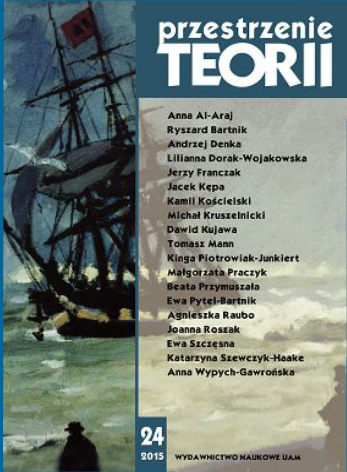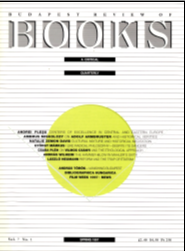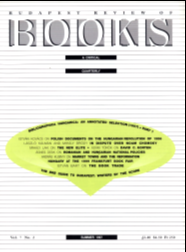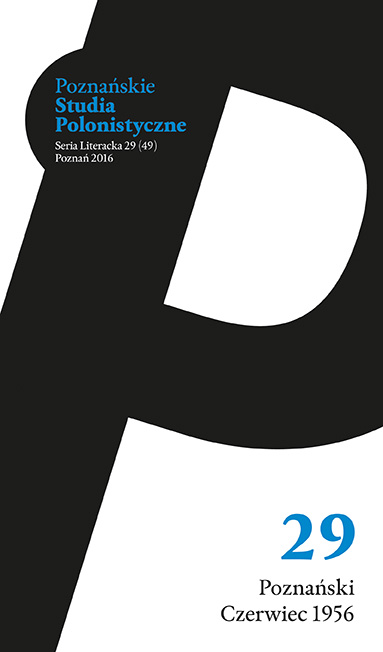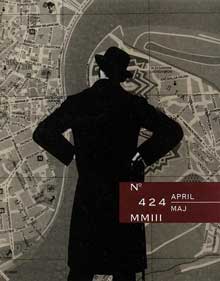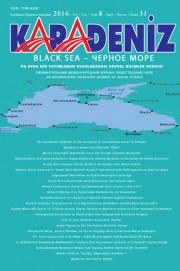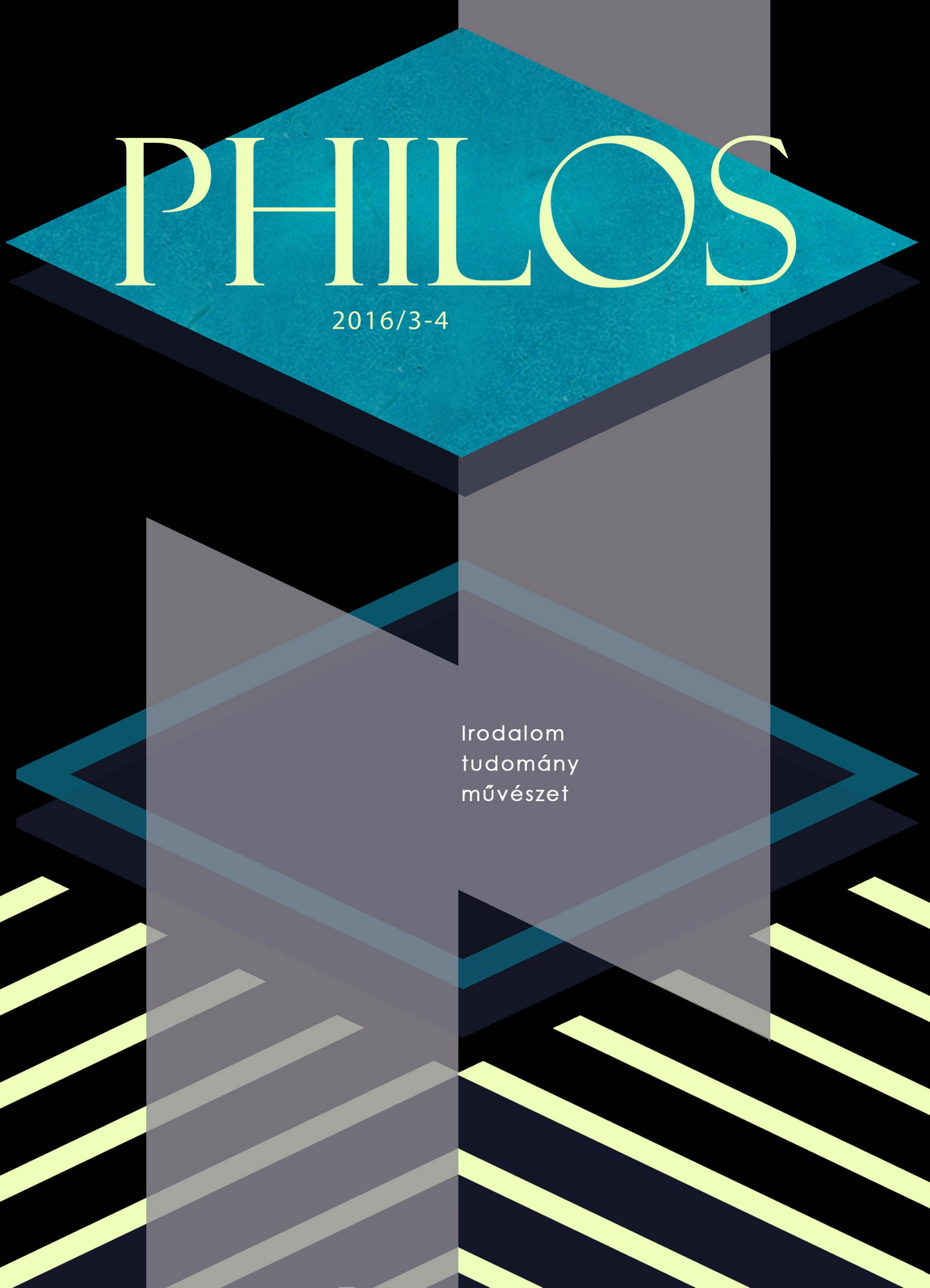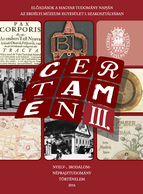
Irodalomtörténet-írás és ideológia Erdélyben 1918–1964 között
Based on the life-work of Elemér Jancsó, a literature-historian from Transylvania, the study analyzes the research history of the literature from Transylvania between 1919 and 1969. Jancsó was a prominent figure of the period of the rearrangements following the World War I, he shared the identity-seeking endeavours of the 1930s, as well as the Transylvanian academic efforts following 1944. Between 1945 and 1947 he was a teacher at the Department of Hungarian Literary Studies of the Bolyai University from Cluj, since February 1947 he had been dean of the Faculty of Letters and director of the Institute of the Hungarian Literature-history. From the summer of 1948 he edited the textbooks for Hungarian literature together with Gyula Csehi and Gábor Gaál. Between 1945 and 1949 he taught modern literature, between 1949 and 1959 the literature-history of the Enlightenment, and for eight years theHungarian literature of the 20th century. In 1969 he edited The Hungarian Literature in the Enlightenment, a textbook addressed to his students. Our paper studies the methodology of the literature-history writing through the life-work of Jancsó from the 1930’ and afterwards, because starting from 1945 the “building of the socialism” and the “cultural revolution” rewrote both the methodology of the literature-history writing and the teaching practice of the history of the literature.
More...
